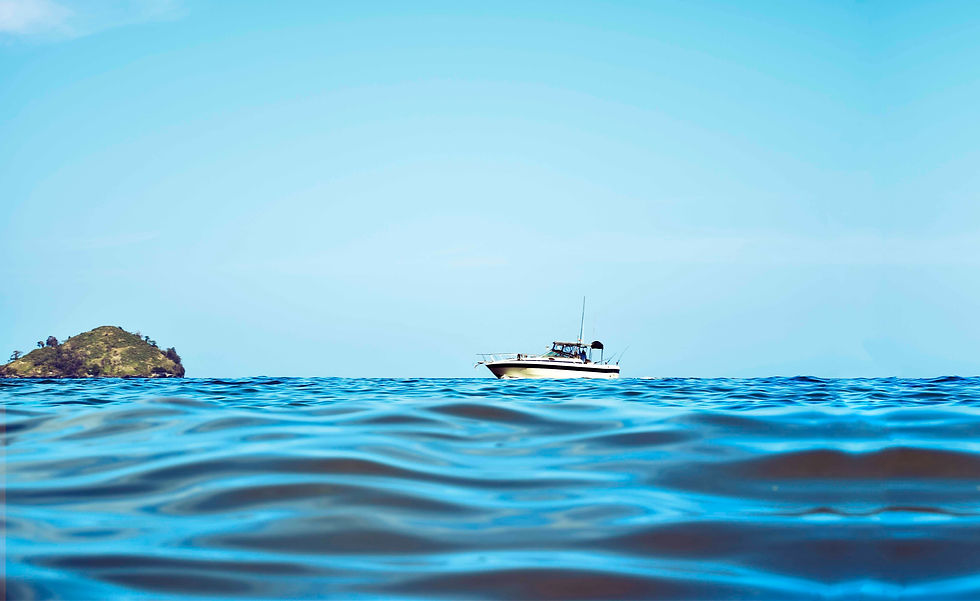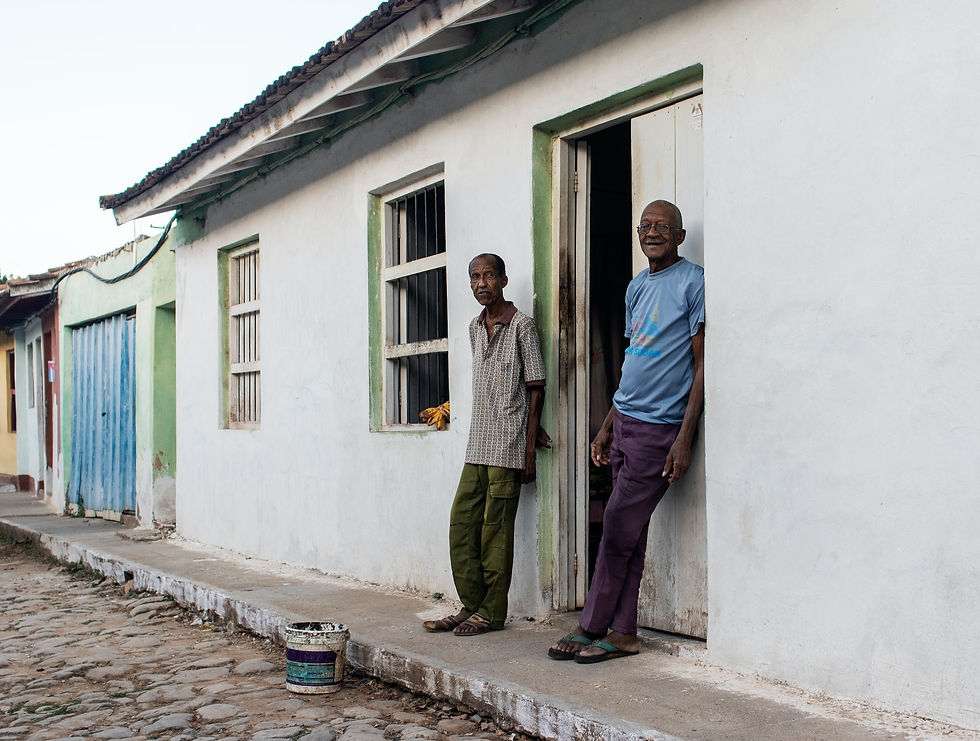Floods & Landslides Hit Trinidad
- blackcoralinc2021
- Dec 4, 2022
- 2 min read

Trinidad/Tobago is suffering from increased flooding landslides, and that flooding is in part accelerated by climate change. ”On November 26, 2022 steady rains caused rivers across the island of Trinidad, especially, to reach their limit and overflow, bringing major flooding to plains and other low-lying areas. Driven by abnormal rains brought by man made climate change but also slash-and-burn farming techniques and poor development, serious flooding has struck the islands multiple times over the last few years, washing away crops and destroying infrastructure. The geography of Trinidad makes it vulnerable to Atlantic hurricanes and tropical storms, whose intensity is projected to increase with climate change. The small island communities are also susceptible to salt intrusion into freshwater sources making the regions farming highly vulnerable to rising sea level rise. During the floods boats were the only means to escape the flooded areas.
Climate change is affecting our water cycle, which refers to the way water moves about our planet. Generally speaking, wet areas like Island communities are getting wetter and dry areas are getting drier. Moreover, we are experiencing more of our rain in the form of intense downpours, leading to a greater risk of floods. Local farmers have also noted drier soils and lower crop yields due to increased air temperature. Trinidad and Tobago has fallen victim to the rise in sea levels, increased flooding, the increased unpredictability of weather conditions, hillside erosion and the loss of coastal habitats; all of which are symptoms of the continued progression of climate change. This has occurred not as a result of a lack of preparedness but as a result of the islands’ current economic vulnerabilities. It is as such that climate change continues to have such a big impact on the already recuperating economy of Trinidad and Tobago.
Though not a major contributor to the country’s GDP, the agricultural sector has in recent years been the focus of the country’s plan to diversify the economy. Their research found that the projected increase in air temperature from climate change is likely to increase the aridity of soils, thus decreasing crop yields. They also found that the increase in sea level is likely to result in inundation of coastal areas and salinization of soil, and finally, that increased temperatures can result in the increased proliferation of new and existing pests and diseases and increase the demand for water for irrigation purposes.

According to a report by Cambio Climatico “In Trinidad and Tobago, investing in climate adaptation now will pay off in the future: it is estimated that investments in mangrove restoration and the national building code will have payback period of less than five years and positive benefit-cost ratios – those are smart investments!
Adaptation has to be a priority for Trinidad and Tobago, as well as for the rest of the CARICOM states, and this is why this methodology will be shared across the region in an effort to help Caribbean governments plan for the future: the wise decisions of today can certainly help us secure a climate-resilient future. The piper will have to be paid but it is wise to put aside the resources now and in the right place before the costs are too high.”


Comments